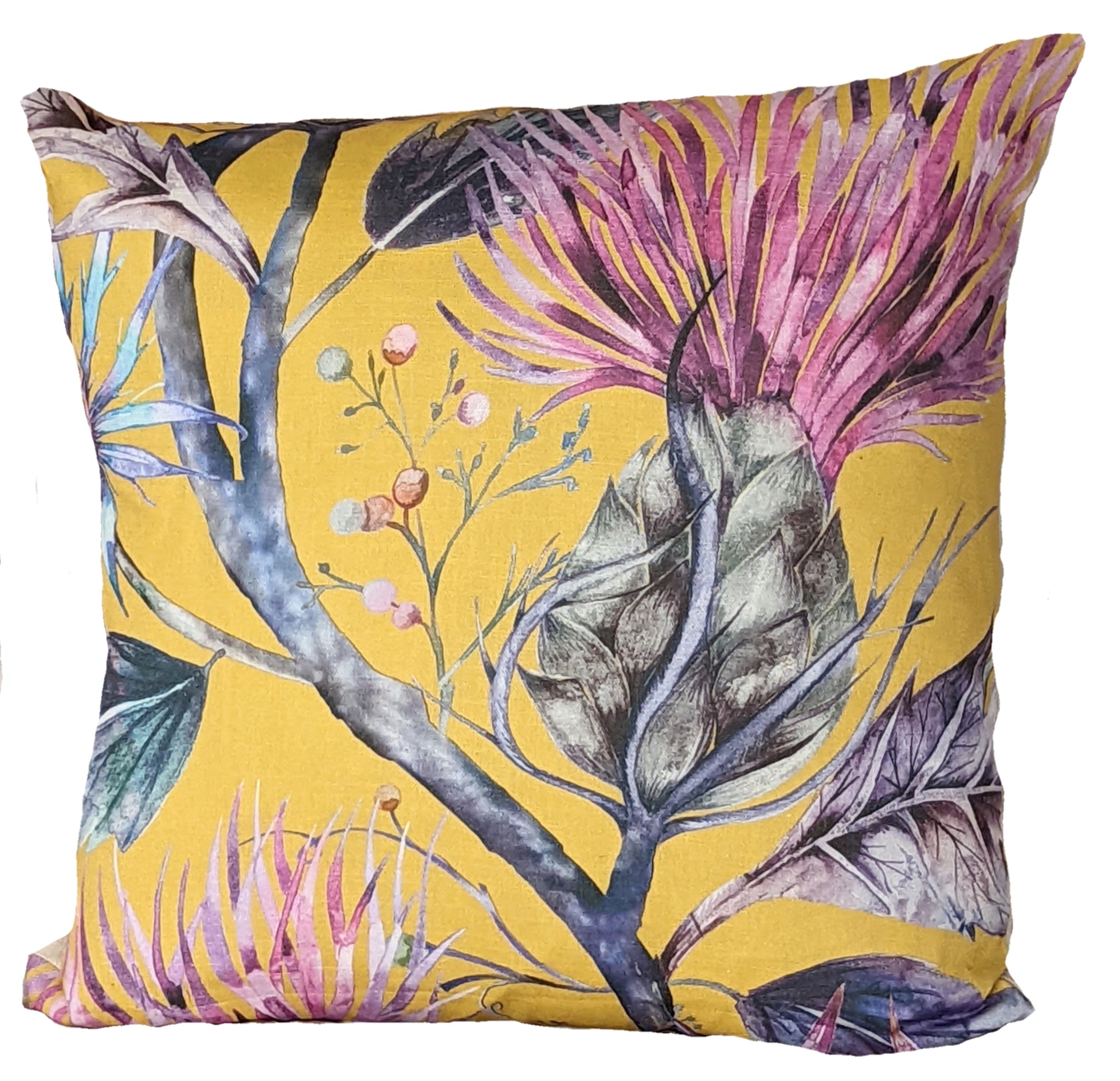The Definitive Guide for Unique Art
The Definitive Guide for Unique Art
Blog Article
The 9-Second Trick For Unique Art
Table of ContentsThe 4-Minute Rule for Unique ArtUnique Art Can Be Fun For AnyoneUnique Art Can Be Fun For AnyoneThings about Unique Art
While one could debate which art kind holds precedence, the reality continues to be that each of these seven forms provides an one-of-a-kind home window right into human history, society, and evolution. They are the tapestries that chronicle our trip, reminding us of our past while motivating visions for the future.Excellent artwork narrates, makes individuals look two times, and produces an one-of-a-kind experience that can't be matched. Art and images communicate all of that via shade, form and other style components. Learn how to make your one-of-a-kind artwork stand apart from the group.

8 TRIA GIOVANEqual parts grand and laidback, this foyer developed by Anthony Baratta is the excellent plan to adhere to if you're embellishing an official entrance that still feels unfussy and comfortable. Formed fabrics take spotlight (see the rugs and the couch), but they likewise assist bring the high ceilings down to a human scale when hung over wallpaper.
The Ultimate Guide To Unique Art
18 Heidi Caillier DesignA gallery wall doesn't require to occupy the whole room. In some cases a little one can make a larger design declaration. In this living space, Hiedi Caillier went with micro-mini frameworks and a random make-up. Advertisement - Continue Analysis Below19 Stephen Kent JohnsonDesigner Juan Carretero chose a deep eco-friendly paint color to comparison with the light wood coatings.
, the expression of concepts and feelings, with the production of specific visual high qualities, in a two-dimensional visual language. The elements of this languageits forms, lines, colours, tones, and texturesare used in numerous means to produce experiences of volume, room, movement, and light on a level surface area. These aspects are combined into meaningful patterns in order to stand for genuine or superordinary phenomena, to analyze a narrative motif, or to produce completely abstract visual partnerships.
Later the concept of the "fine artist" developed in Asia and Renaissance Europe. Famous painters were managed the social standing of scholars and courtiers; they signed their job, determined its design and frequently its subject and images, and developed an extra personalif not constantly amicablerelationship with their patrons. During the 19th century painters in Western societies started to lose their social position and protected patronage.
Some Known Questions About Unique Art.
Others made an earnings with exploring events of their job. The need to appeal to a market had changed the comparable (if less impersonal) needs of patronage, and its result on the art itself was probably comparable. Normally, artists in the 20th century might reach an audience only via industrial galleries and public galleries, although their work may have been occasionally duplicated in art periodicals.

Do not copy the design of various other musicians if you're searching for your style. Copying other individuals's art work can be wonderful in educational objectives however it will certainly not make you closer to locating your own distinct style. Your creative style has to be, what you such as and what motivates you.
I would consider your own style as a style you repaint in normally, when you let go of all ideas and rules and just concentrate on paint, not thinking of it. Unique Art. The style has to come normally to you when you are kicked back and recommended you read you can't force it or it will not be your very own style, just another person's
Excitement About Unique Art

With time you'll be able to sort all of them right into your preferred and least preferred classifications. Attempt to focus your interest on the topics and tools that you like and before you see it coming you'll have your own personal and unique style, like nobody else have! So in the end you'll have a few preferred subjects to paint and perhaps a few favored tools.
The design has to develop itself gradually with a great deal of technique and experiments - Unique Art. Thank you for reading this message and if you have any kind of inquiries leave them in the comments listed below, I would certainly more than happy to address these
Report this page